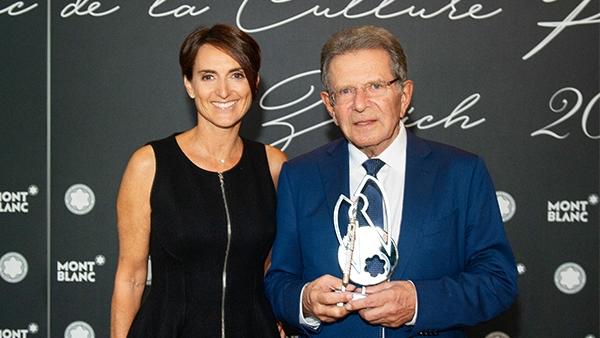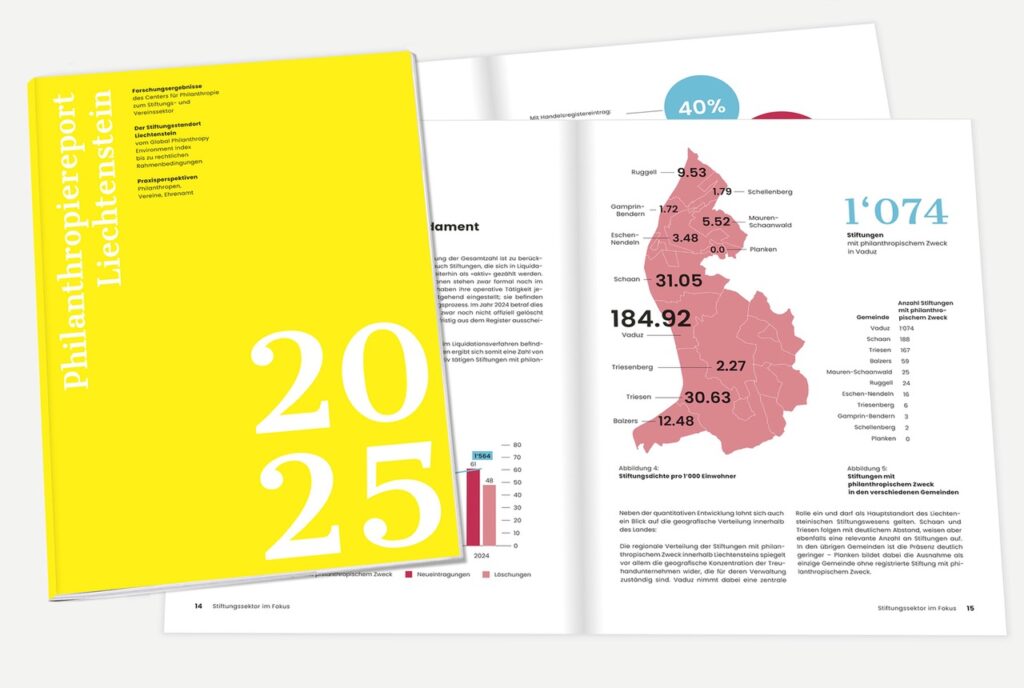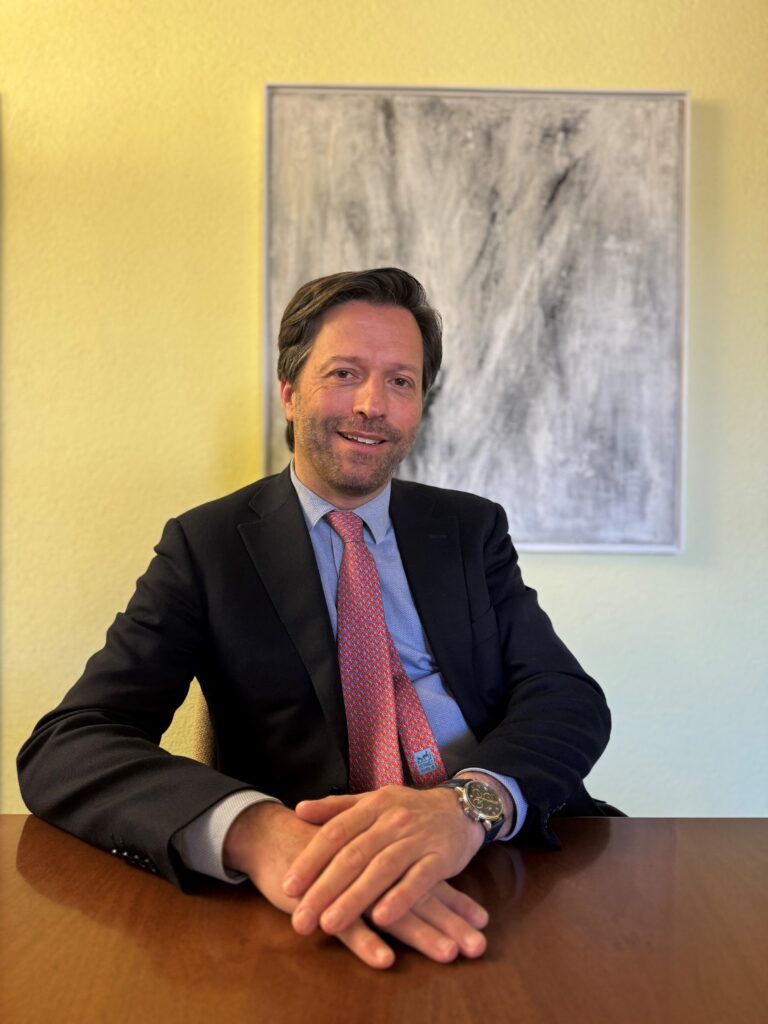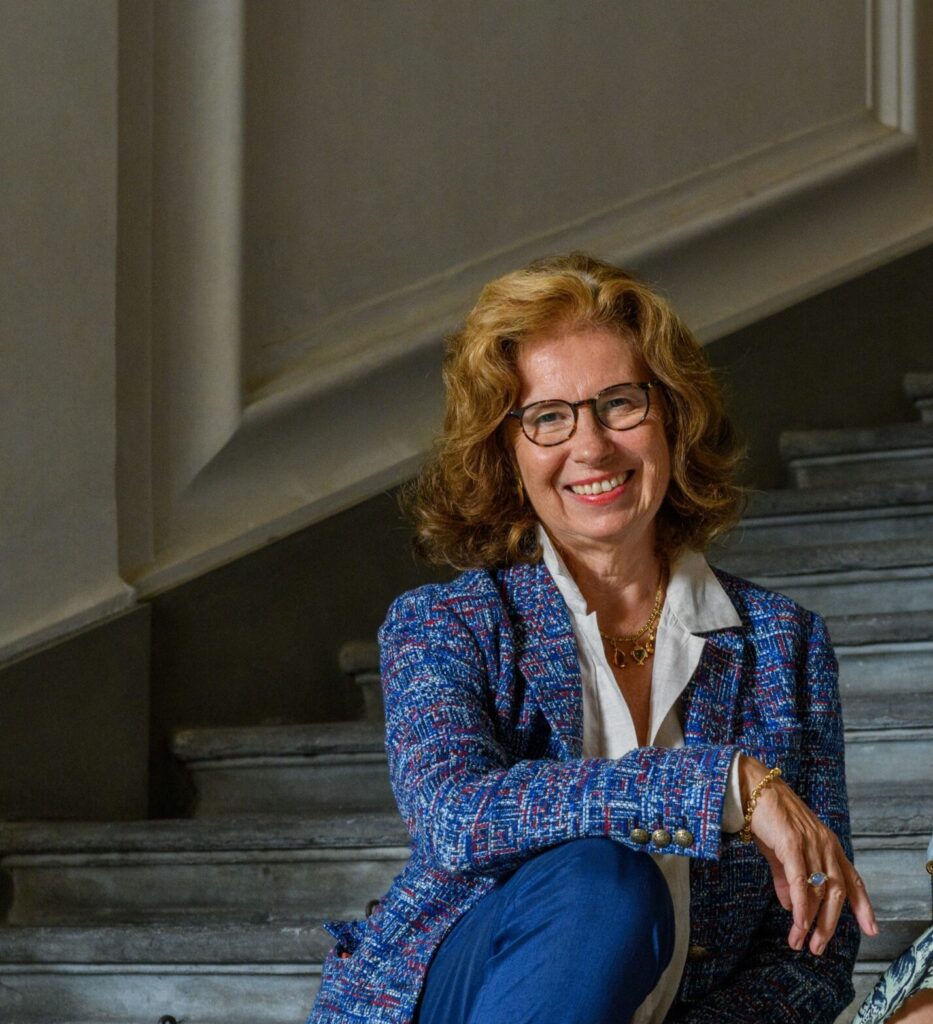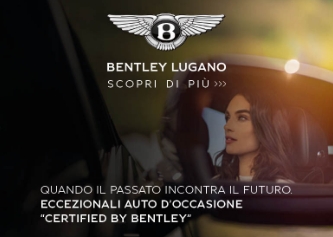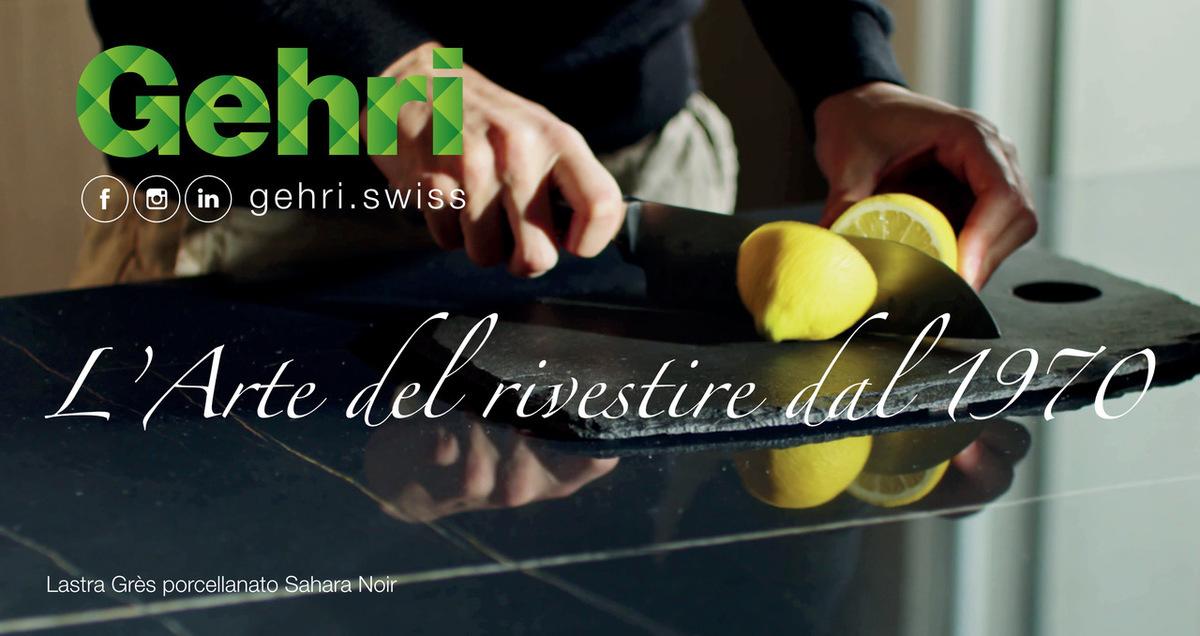How was your passion for art born?
My passion awoke when I was a student in Paris at the age of 22 and when a friend showed me posters in his loft. I then travelled to NY for studies, Mexico, Japan and many asian countries. There I was fascinated by their art and by the temples of Angkor Wat from where I bought reliefs of the tempel Walls. Back home I started visiting galleries and collected 30 years Swiss Artists for me and for my companies. Collecting and Art was a balance to my professional life. I had to live somehow in a different world.
You were a very successful entrepreneur, how and when did you decide to leave?
After 30 years of being president of many companies I introduced two of them to the stock market. This was the moment that I decided to retire from business at the age of 54 and to start a “new” life. The sale of my shares allowed me to collect internationally at the higher end and to establish my Humanitarian Foundation, which has been involved since 1988, in about 40 Charity Projects. I established my Humanitarian Foundation in 1988, thirty years ago. Having seen the tragedies in emerging countries and the corruption which went with it, I concluded that giving the younger generation professional education and perspectives of earning money for themselves and for their families was the best way of helping these people. After ten years I made a selection oft he ten best organisations which I could support regularly in the future. This is what I am doing now. In some cases we became consultants to these organisations and in other cases we advised them to merge with others. In 1995 I joined your swiss students to establish Goutte d’Eau in Cambodia and helped them to install the Child Support Network CSN In the same country we run schools for youngsters that do not qualify for the public schools. We run an educational center for over 15 professional skills and also run a home for handicapped people. The misery in this country goes so far that many parents sell their children which are often misused in Bangkok. We bring them back and make plans for their parents. In 1964 I came back from the Far East and was at the age of 26 in charge of establishing a business in the heating branch in France. Their I built an assembly plant for oil burners and opened ten sales offices. Devaluations of the french currency and the socialist policy made it very difficult for me but I managed to survive. In 1969 I was in addition in charge of diversification and found in 1972 a well known distributor for copiers and microfilm: Walter Rentsch. Ten years later we increase the turnover by ten and I had the idea to introduce the company tot he stock market. That was a great success for an unusual small company with 900 people.
When and how did your collection originate?
In 1994 after the two IPO’s I “transformed” my capital towards an international collection. With my experience of the past in collecting I decided to collect influential international artists in the fields of surrealism, abstact expressionism, minimalism and arte povera, especially artists from the US which were not retained by many european museums. I must have had the idea to buy museums pieces that lateron I would offer a museum. I had the Kunsthaus in Zurich in mind and was inspired by the Bührle Collection. I analised the collection of the Kunsthaus and realized that the museum was missing leading artists in the field of Abstract Expressionism, Minimalism and Arte Povera. From that moment on I travelled to museums and galleries in London and New York. Within a year or two I had a concept for what was important and what was rather not. With my business instinct I could get good Art works from Artist Estates and Galleries. Today I have a collection of major artists which are in dialoge with each other.
Your collection has been received in important museums the world over. What were the main exhibitions in which you participated?
The reason that I could make loans to over 40 museums and was asked by 6 museums to exhibit my collection is due to the quality and rarety of of my works. I started in 2012 with an exhibition in Vienna which was looking to exhibit the after war period. Then in 2013 I offered the Kunsthaus a long term loan which was then exhibited there. In 2016 I wanted to change the exhibition purpose and proposed the well known Folkwang Museum a joint exhibition with twenty artworks from each side. This was qualitywise a high profile exhibition mainly of American Abstract Art. In 2017 I was asked by the National Museum in Oslo to exhibit again the after war period. They do not have a collection of this period and wanted to introduce these artist to their public because they will open a Contemporary Museum in 2020. This year I had the idea to make an important exhibition of paperworks and scultures in the Kunsthalle Krems and show the lesser known 170 works of my collection. The same exhibition will come up in the Kunsthaus Zurich in September 2019. In 2021 the Museums extemsion in Zurich will be ready to host my collection in separate rooms of my Foundation. Another initiative of mine was the foundation oft he Kunstforum Zurich with the purpose to create a debate culture about the Art Market and the future cultural identity of Zurich.
Now you have won the Montblanc Arts Patronage Award. What effect did it have on you to receive such an important recognition?
I was quite surprised by this honorable award. It confirms my conviction that an important art collection should find it’s way to the greater public. I consider it my responsability to improve museums collections and to promote Public-Private-Partnership at a time when museums cannot afford market prices anymore. I hope to inspire other people to follow my example.
You recently took part in the Symposium “The energy of patronage” held in Ticino on 21 September. How do you evaluate this experience and what is your relationship with Ticino?
This Symposium was adressed to Foundations and Mezènes. It is important that people like me show their committment tot he society and that the Symposium organises also in the future such events. My relationship with Ticino so far has not been extensive due to my travelling and committments elsewhere. I regret it. But since my friend Tobia Bezzola ist he director of MASI in Lugano. He might inspire me to come more often to Lugano.

